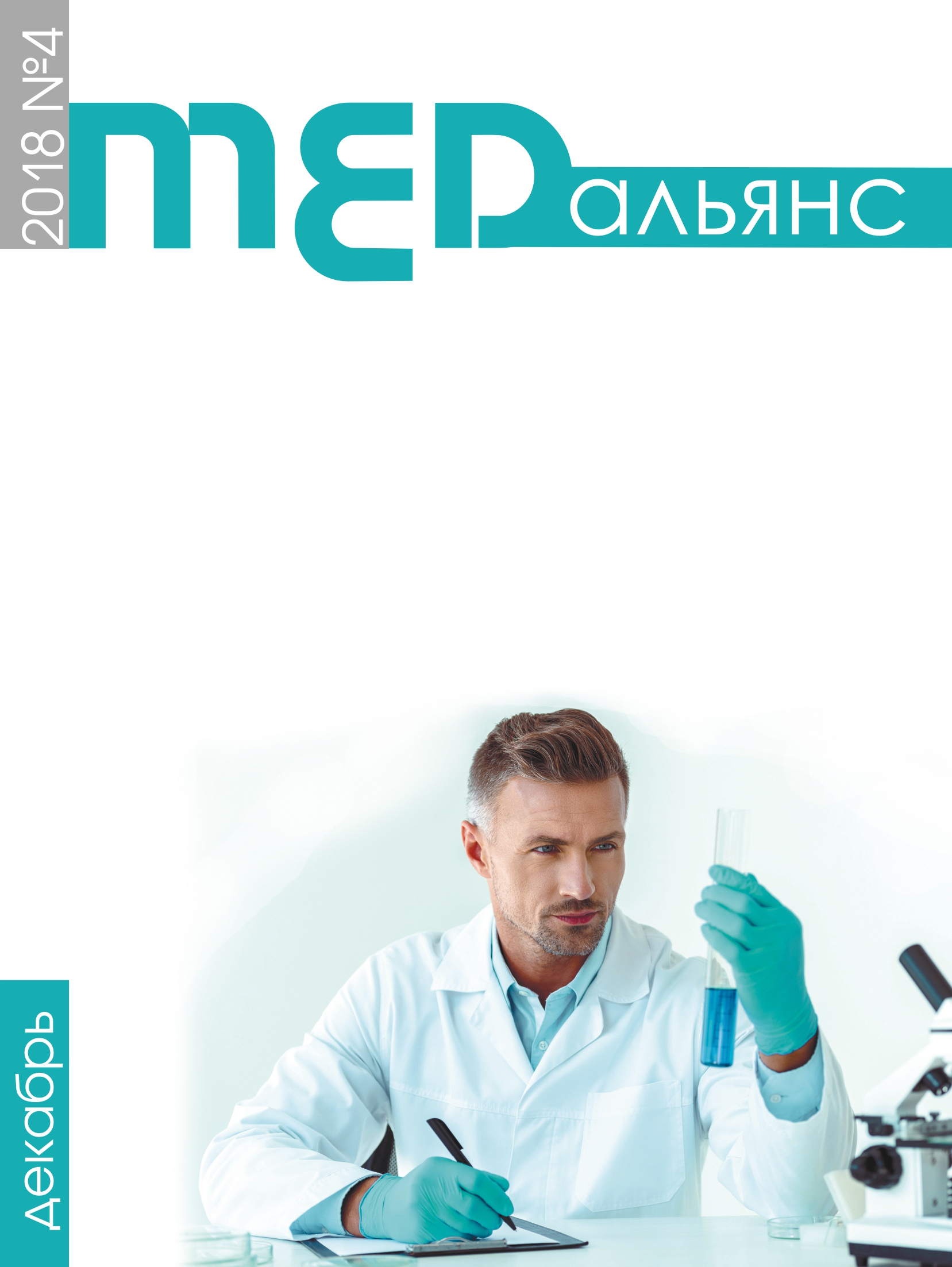Abstract
Sarcoidosis is a disease of an unknown etiology, known for more than 100 years, with primary damage of lungs and intrathoracic lymph nodes (ITLN) [1]. Case detection mostly happens incidentally among people of young working age during diagnostic fluorography. Establishing diagnosis is often difficult and it is based on histologic verification. Considering that sarcoidosis can have system spreading, approach of work-up of this group of patients must be based on the complex selection of diagnostic maneuvers. Except pulmonary pathology, heart can be also involved in process, both essentially (more rarely), and secondary (more frequent). Therefore examination of cardiovascular system of young patients with early stages of pulmonary sarcoidosis can help to detect early myocardial dysfunction. The echocardiography (ECHO) is one of the most widespread noninvasive methods of cardiac work-up. The modern ultrasonic equipment allows defining a number of the measurements which allow diagnosing damage of heart in sarcoidosis before onset of clinical signs. Considering active lifestyle and age bracket of patients with sarcoidosis, assessment of echo measurements needs to be carried out both at rest and against the background of physical exertion. Special attention should be paid to changes of measurements of global longitudinal strain of the right chambers and pulmonary artery systolic pressure (SPРА) as most significant predictor of the «latent» dysfunction of heart. The examination list of patients with pulmonary sarcoidosis includes a number of functional and biochemical methods of diagnostics. One of obligatory methods is spirometry which shows extent of damage of respiratory system. Also increase of biochemical values, such as level of angiotension-converting enzyme (ACE), which is produced by sarcoidosis granuloma, and blood level of calcium can indicate activity of pathological sarcoidosis process.

